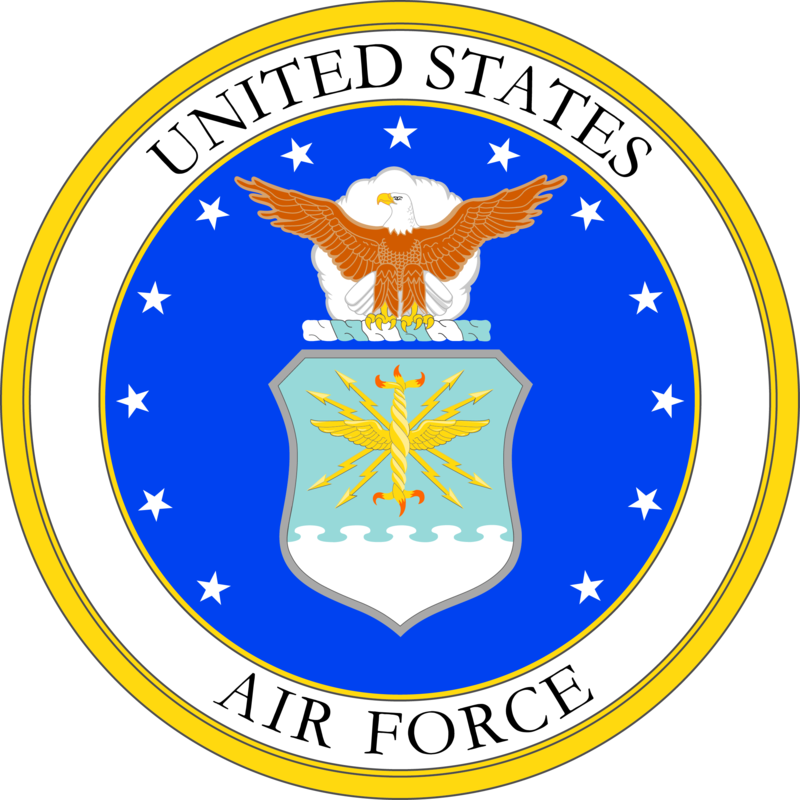ABOUT 739th Radar Squadron
- Formation and Early Days: The 739th Radar Squadron was initially activated on 1 February 1953 at Ellsworth Air Force Base, South Dakota, as part of the United States Air Defense Command.
- Cold War Mission: The squadron was tasked with operating radar systems to detect and track potential enemy aircraft during the height of the Cold War, contributing to North American air defense.
- Part of the SAGE Network: The 739th was integrated into the Semi-Automatic Ground Environment (SAGE) system, a revolutionary computer network that automated the process of tracking and intercepting enemy bombers.
- Relocation to Wadena: In 1961, the squadron moved to Wadena Air Force Station, Minnesota, where it continued its air surveillance mission.
- Radar Technology Used: The unit operated various radar systems, including the AN/FPS-20 and AN/FPS-24 search radars, as well as height-finding radars, which dramatically improved detection capabilities.
- Collaboration with NORAD: The 739th played a vital role in the North American Aerospace Defense Command (NORAD) network, providing early warning and contributing to continental air security.
- 24/7 Operations: Squadron members worked in shifts around the clock, often in challenging weather conditions, to maintain constant vigilance against potential airborne threats.
- Community Involvement: The squadron’s presence in Wadena influenced the local community, with service members and families participating in civic events and activities.
- Deactivation: With the advent of new technologies and changes in defense priorities, the 739th Radar Squadron was inactivated on 15 September 1970.
- Legacy: Former members of the squadron have held reunions and maintain a legacy of service, with the Wadena Air Force Station site now commemorated by a historical marker.

